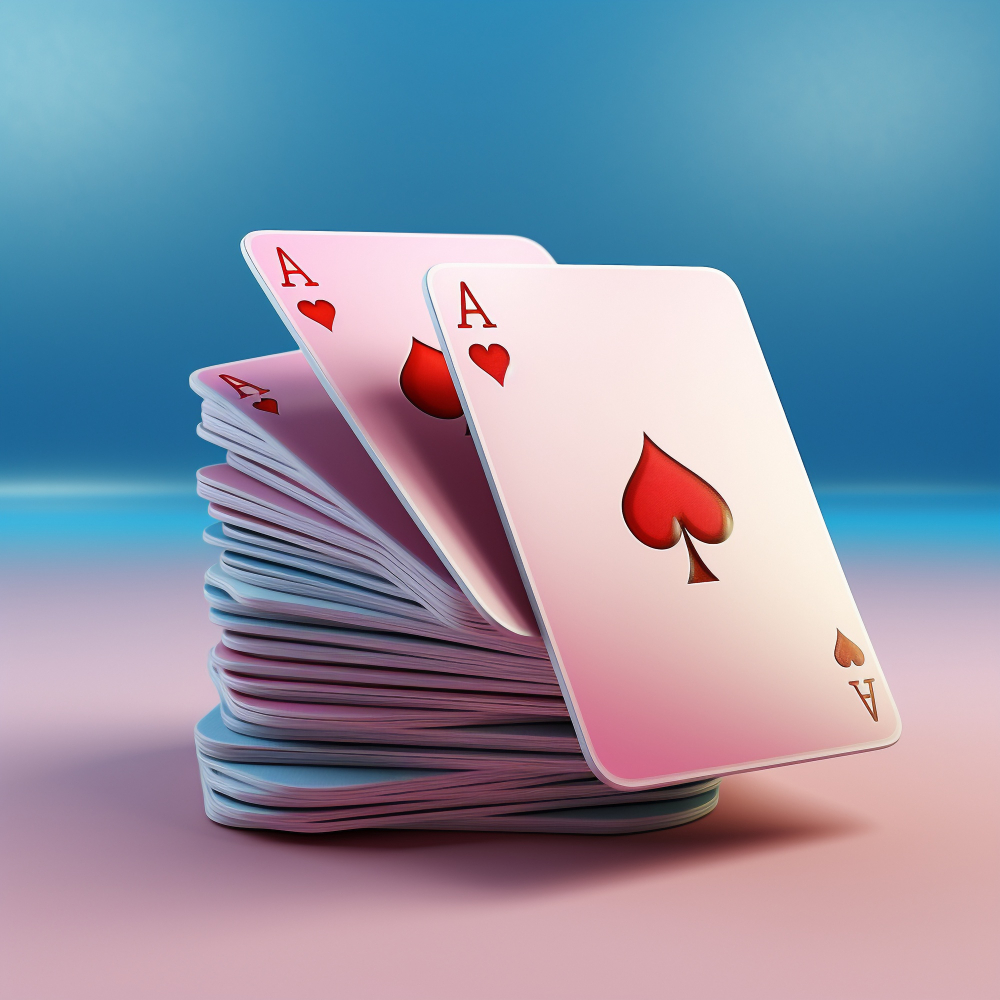Welcome to the ultimate guide for beginners on one of the most strategic and timeless games in history – chess. If you’re just stepping into the fascinating world of chess, knowing about the pieces and their pivotal roles is your first step towards mastery. So, how many pieces in chess do players start with, and what are their capabilities? Dive in as we unravel the mysteries of chess, piece by piece.
The Chessboard Setup
Before delving into the pieces themselves, let’s understand the battlefield – the chessboard. A standard chessboard consists of 64 squares, arranged in an 8×8 grid, alternating between light and dark colors. This is the stage where the silent war is waged, strategies devised, and kings conquered.
Chess Pieces and Their Roles
Each player starts with 16 pieces, each with its unique movement capabilities, strengths, and weaknesses. The pieces include one king, one queen, two rooks, two knights, two bishops, and eight pawns. Here’s a quick rundown:
| Piece | Quantity per Player | Movement |
|---|---|---|
| King | 1 | One square in any direction |
| Queen | 1 | Any number of squares along a rank, file, or diagonal |
| Rooks | 2 | Straight across any number of squares along a rank or file |
| Knights | 2 | L-shaped: Two squares in one direction then one more move at a 90-degree angle |
| Bishops | 2 | Diagonally any number of squares |
| Pawns | 8 | Forward only, one square, with the initial move having the option of moving two squares |
Understanding Chess Piece Movements and Strategy
Mastery in chess requires understanding not just how each piece moves, but also how to formulate a strategy that puts these capabilities to their best use. For example, knights’ ability to “jump” over other pieces can be pivotal in breach enemy lines, while the bishop’s long-range attack can control vast swathes of the board from afar.
- Pawns may seem weak, but they hold potential for promotion, turning into any piece (usually a queen) once they reach the opposite side of the board.
- Protecting your king is paramount, as the game’s objective is to checkmate the opponent’s king, rendering it unable to escape capture.
- Utilize the unique capabilities of each piece in harmony with others. Combining their strengths can help you control the board and outmaneuver your opponent.
Chess: More Than Just Pieces
While understanding the pieces and their movements is crucial, chess is infinitely more. It’s a game of strategy, tactics, foresight, and sometimes, the courage to sacrifice. Chess mirrors life in many ways, teaching patience, strategy, and the importance of making every move count. As you embark on your chess journey, remember, every grandmaster was once a beginner. Take your time to learn the nuances of each piece and gradually build your strategy around them. With practice and perseverance, the realm of chess will open up to you, providing not just entertainment, but lessons that extend well beyond the 64 squares.
Embrace the complexity, enjoy the learning curve, and welcome to the world of chess. Your journey has just begun.
